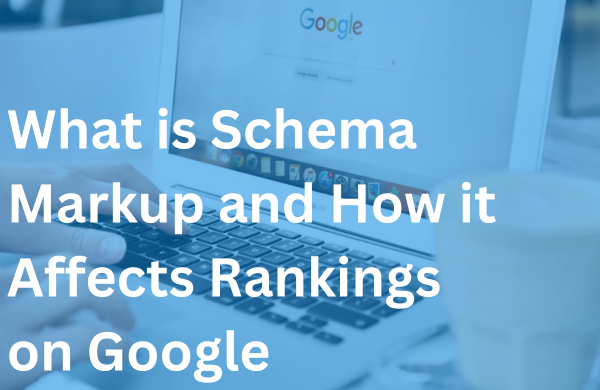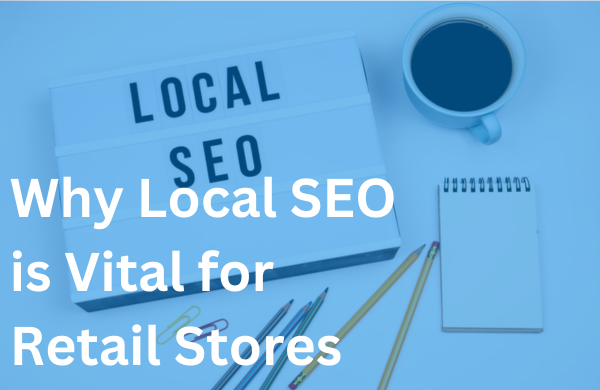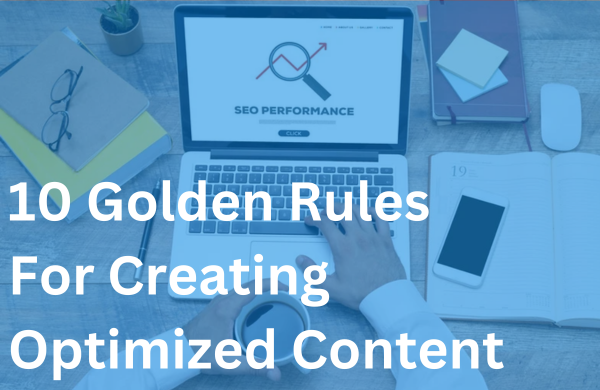Today’s consumers want a personalized experience, they don’t want to feel like a number. And they want to work with companies that ‘get them’.
An email segmentation strategy provides the personalization consumers require. It breaks your contacts into groups according to demographics, past purchases, interactions, and other factors. This allows you to send communication and product suggestions best suited to the recipient’s taste. In addition to providing a personalized experience, it also drives conversions.
Read on to learn more about email segment targeting, its benefits, and how to integrate it into your marketing plan.
What is Email Segmentation?
Email segmentation involves breaking down your email contact list into small, targeted groups so you can send out emails suited to their tastes and personalities. Groups can be broken down based on specific factors such as:
- Demographics: Demographics include age, race, gender, income, education, and employment.
- Behavior: Email marketing segmentation could be based on behavior such as past purchases and other interactions the consumer has had with the company.
- Psychographics: This metric measures attitudes, aspirations, and other psychological criteria. Psychographics can be evaluated through behavioral patterns.
- Location: A segmentation strategy could be based on where the consumer lives.
Once this criteria is determined, you can send communications advertising specific products and services that will appeal to consumers in various segments.
For example, say you sell two products that go well together. You could target everyone who bought one of the products, encouraging them to buy the second that compliments the original product they purchased. It’s a great strategy!
Benefits of Targeting the Right Audience
Targeted email marketing can produce several benefits as follows:
- Increased Open and Click-Through Rates: An email that appeals to their tastes is more likely to engage people. Statistics reveal that a targeted email can produce an 82% increase in open rates and a 75% increase in click-through rates.
- Improved Engagement and Conversion: Consumers are more likely to engage with emails that appeal to their tastes. The emails will advertise products that interest them increasing conversion rates by up to 10%.
- Enhanced Customer Satisfaction and Loyalty: Customers tend to be more loyal to companies that recognize them as individuals. Personalization allows them to provide products that increase satisfaction.
- Cost-Effective Marketing: Email is already a cost-effective marketing tool producing an average of $36 for every dollar spent. Personalization increases effectiveness, driving up ROI.
How to Segment Your Email List
Email list segmentation is reliant on data collection. Data collection can be achieved through various channels including sign-up forms, surveys, social media, AI analytics of behavior and purchase history, and other methods.
Companies must also determine which characteristics they are focusing on. Doing so will ensure they collect relevant data. For example, if location is a critical criterion, surveys and contact forms should collect geographical information. If an organization is using AI for data collection, its system should be set to locate the information they require.
Data collection methods and characteristics can be adjusted accordingly. As a company grows, they may find they are neglecting a demographic, or they may decide to utilize more advanced data collection techniques. Organizations must include flexibility in their segmentation goals.
Segmentation Ideas for Email Marketing Campaigns
Here are some ideas that will make your email segmentation strategy more effective.
- Send Out Welcome Emails to New Customers: Welcome emails are a great way to establish a long-term relationship with new customers. You can use them to introduce your company, products, and services, and relate important information.
- Segment Customers Based on Purchasing Behavior: Purchasing behavior is another driver for targeted email marketing. For example, if a customer buys a pair of blue boots from a shoe designer, the company can send emails to alert the consumer about new boots and blue shoes they have in stock.
- Send Exclusive Emails to VIPs: VIP and loyalty programs are ideal for customers who have spent a certain amount of money with the company. Companies can award them with specials, discounts, and exclusive products to reward them for their loyalty. They can send out emails to alert VIP customers about the available deals.
- Re-Engaging Lost Customers: Companies can send out emails to customers they haven’t heard from in a while and to those with abandoned shopping carts. Consumers may be pleased by the special attention they receive. They may be reminded of your products and services and motivated to make another purchase.
- Tailor Emails for Different Device Preferences: Your data collection can reveal which device customers prefer to use when they interact with your company. You can use that information to tailor emails to their preferences. Customers who connect on mobile should receive ads that are readable on mobile devices. Consider sending these customers links to apps that they can download on their mobile to interact with your company.
How to Get Started with Email Segmentation
Getting started with email marketing segmentation can be broken down into the three-step strategy as follows:
- Data Collection: Companies must determine what data they are already collecting and what data they need to collect to identify gaps. They must then find the best tools for data collecting which may consist of contact forms, surveys, and other types of feedback collection.
- Experimentation: Most email marketing tools allow companies to break down contact lists into groups to make segmentation easy. Once emails are sent out, companies should use analytics to determine open rates, click-through rates, and conversions. They must decide which strategies are most effective.
- Evolve and Adapt: Use your experiment results to guide you in determining the most effective strategies. Use A/B testing to learn how different consumers are responding to your subject lines and content. Adjust your strategy as needed to utilize the most effective methods.
Measuring the Success of Segmented Email Campaigns
Several metrics will help you evaluate the performance of your segmented email campaigns. They include:
- Open Rates: How many people are opening your emails. This number is dependent on your industry, but we aim for an open rate of 20% – 30% (or higher!)
- Click-Through Rates: How many people are clicking through to your website after engaging with your email. Click-through rates can fluctuate, depending on the type of email you’re sending. We like to see a CTR of 2-5%.
- Conversions: The number of people buying your products after reading your email. Do you have conversion tracking set up via a reliable reporting tool? This can help you measure your performance.
- Unsubscribes: The consumers who are unsubscribing from your email list after receiving your communications. If you see more and more people unsubscribing, time to change your strategy!
Email Segmentation Tips and Best Practices
Here are some tips and strategies that will ensure segmentation strategy success.
- Follow Privacy Laws: Privacy laws dictate how companies can collect and use data. Ensure you remain compliant by obtaining proper consent, being transparent about data usage, keeping data secure, and avoiding the collection of sensitive data. Review your privacy policy regularly to ensure it is updated to current standards.
- Use Catchy Subject Lines: Your subject line will be the first thing that attracts a consumer’s attention. You can integrate personalization in the subject line by including information that will appeal to the user’s demographic. Other factors like offers, urgency, and relevance can increase open rates.
- Write Engaging Content: Keep your message short and sweet. Don’t overload your email with text. Integrate engaging images and videos. Provide value in your content. Use language that will appeal to your target audience. Include links and buttons that urge viewers to interact with your call-to-action (CTA).
Ready to Get Started With Email Segmentation?
Email targeting is an effective way to connect with consumers. It is an affordable digital marketing solution that leads to trusting, loyal relationships.
Your email campaign will be even more effective if you partner with a professional service as a professional agency will help you determine the best strategies for your company. They will provide tools to measure analytics and ensure you remain compliant.
Brillity Digital offers effective email marketing services. We can assist with content creation and email database management to ensure your strategies drive sales and conversions.
Contact us to get started with your targeted email marketing today!




